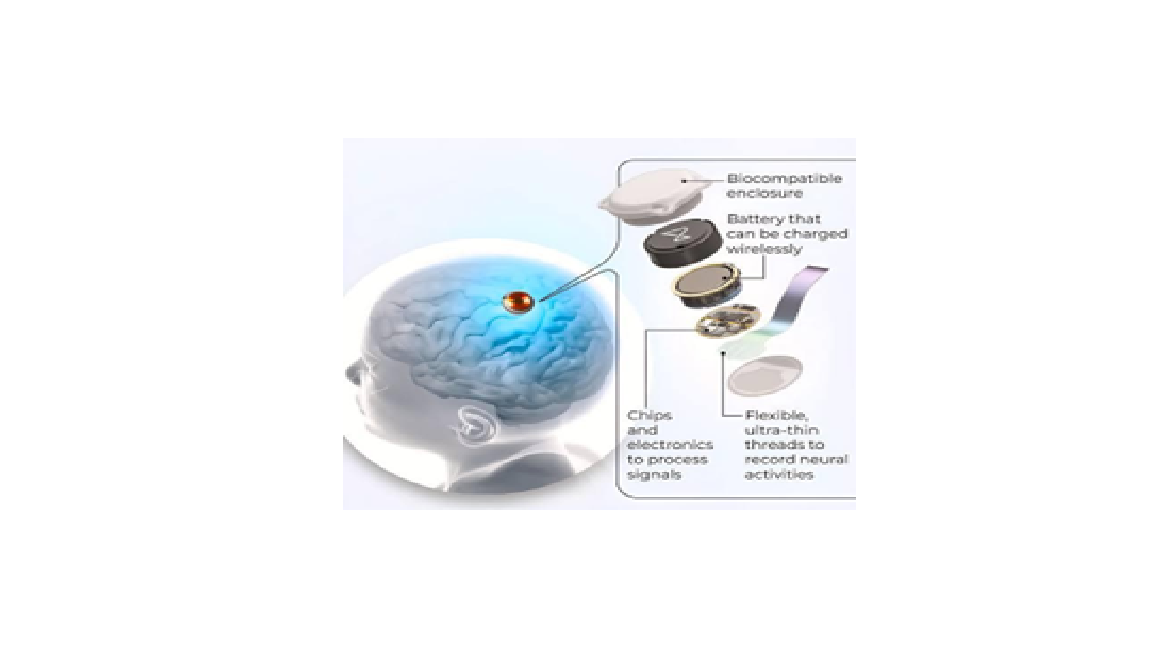The Neural Revolution: A Review of Brain-Machine Interfaces and Neuralink’s Contribution
Main Article Content
Abstract
Brain-Machine Interfaces (BMI), also known as Brain-Computer Interfaces (BCI), represent a rapidly growing field of research, bridging the human brain with external devices to enable direct communication without the involvement of peripheral nerves. Initially designed for medical applications, BCIs are now expanding into diverse domains, including cognitive enhancement, assistive technologies, and even human-AI integration. These interfaces rely on advanced technologies such as electroencephalography (EEG), System-On-Chip (SoC) hardware, and novel memory systems like memristor crossbar memory to emulate brain functions and improve signal processing. The integration of brain signals with data from other modalities such as speech, eye gaze, and physiological measures, such as heart rate and blood pressure, offers context-aware applications, enhancing the interpretability and usability of BCIs. However, this also presents challenges for neuroscience researchers in processing and representing the vast data streams involved. Moreover, the ethical, social, and regulatory implications of BMI technology, especially with advancements like Elon Musk’s Neuralink, highlight the need for ongoing dialogue and research on its impact. This paper provides a comprehensive review of current developments, challenges, and future trends in BMI research, including a look into hardware innovations and their potential to enhance BCI systems for clinical and non-clinical applications.
